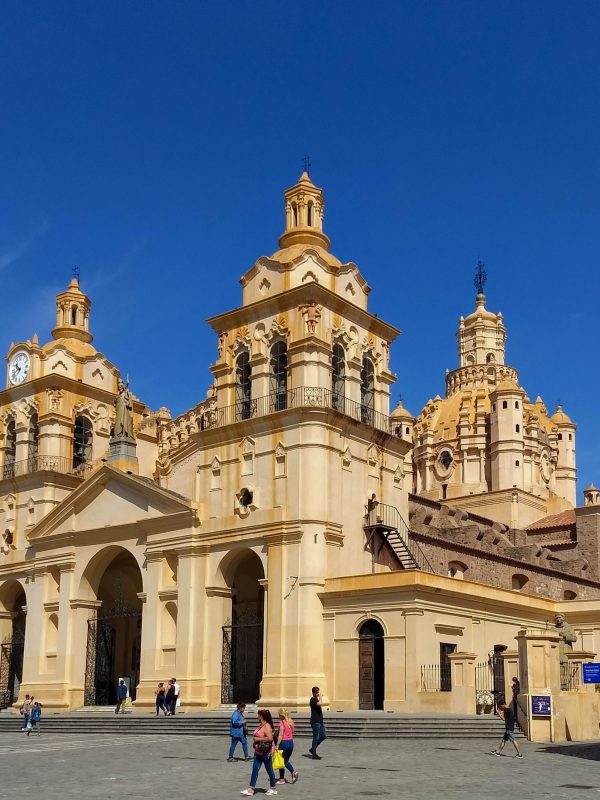Only an hour’s flight from Buenos Aires is historic Córdoba, Argentina’s second city, with an important colonial legacy and breathtaking landscapes, beautiful peaks and lakes, and small villages. Founded in 1573 as Córdoba de la Nueva Andalucía by the Spaniard Jerónimo Luis de Cabrera, it was region inhabited by the bearded Comechingones Indians. After the arrival of the Spanish Marquis of Sobre Monte, great public works were promoted between 1784 and 1797. The 1869 Census already reveals the contribution of Spanish, Italian, French and English immigrants. At the beginning of the 20th century, Córdoba changed its physiognomy, with new buildings, neighborhoods, avenues, promenades and squares. It also became an industrial center and European, Armenian, Peruvian, Irish, Japanese, Lebanese, Korean and Chinese immigration increased. Its population is currently estimated at least 1.3 million inhabitants.

First Day
You could stay at the attractive Azur Real boutique hotel, with beautiful modern architecture hidden behind the carved door of a 1915 building. Very close to the historic district, it has 15 spacious rooms, which all different. They remodeled the hotel with respect for its history, preserving the vaulted ceilings, wooden staircases, stained glass windows and other architectural treasures. From the cozy terrace, you can see the street leading to the center of the old city. Room 17, with two floors and a balcony, is comfortable and its large bathroom has two showers. A small bridge connects the new section of the hotel with the old property and leads to the dining room where breakfast is served with coffees and teas, croissants, ham, cheese, dulce de leche, jams, and fruits. For about $135 a night, this hotel is a real gem.
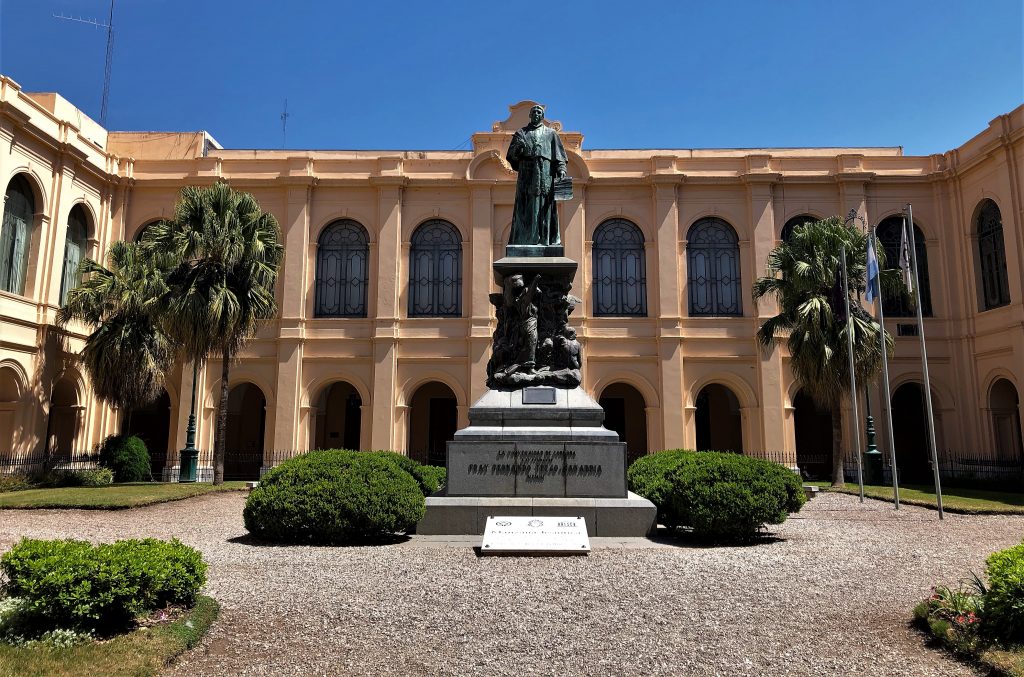
Start your visit at the downtown block, Plaza San Martín, which originally included the main square, the Cabildo and the Iglesia Matriz. Take the guided tour of Cordoba with Free Tour Casco Historico, by the Bicler company, which offers a panoramic view of the historic area. These are not really free tours, but they consider them free because there is no set price. At the end of the tour, the guides collect donations at the client’s discretion. A visit to the Casco Historico (historic center) begins at the historic Plaza San Martin (1577), where centuries ago bullfights, military parades and executions were held. Around it is the Cabildo (from the 16th century) and the majestic Cathedral (1582). In 1914, the artist Emilio Caraffa added details in different architectural styles, stained glass windows and beautiful interior fresco paintings to the Cathedral of Our Lady of the Assumption. Its altar is made with embossed silver from Alto Peru, and is considered one of the most successful examples of Baroque architecture in America.
In the Plazoleta del Fundador is a sculpture of 2.70 meters that honors Jerónimo Luis de Cabrera, founder of the city. For disobeying the orders of the Viceroy of Peru, Cabrera was beheaded in 1574. The Monumento al Cura Brochero, the “gaucho priest” beatified in 2013, celebrates the contribution of the parish priest who dedicated his life to helping the poor and sick. Historic buildings in this area include the Convent and Museum of the Carmelitas Descalzas, the Bishop Mercadillo Oratory, and the National and Cordoba banks.
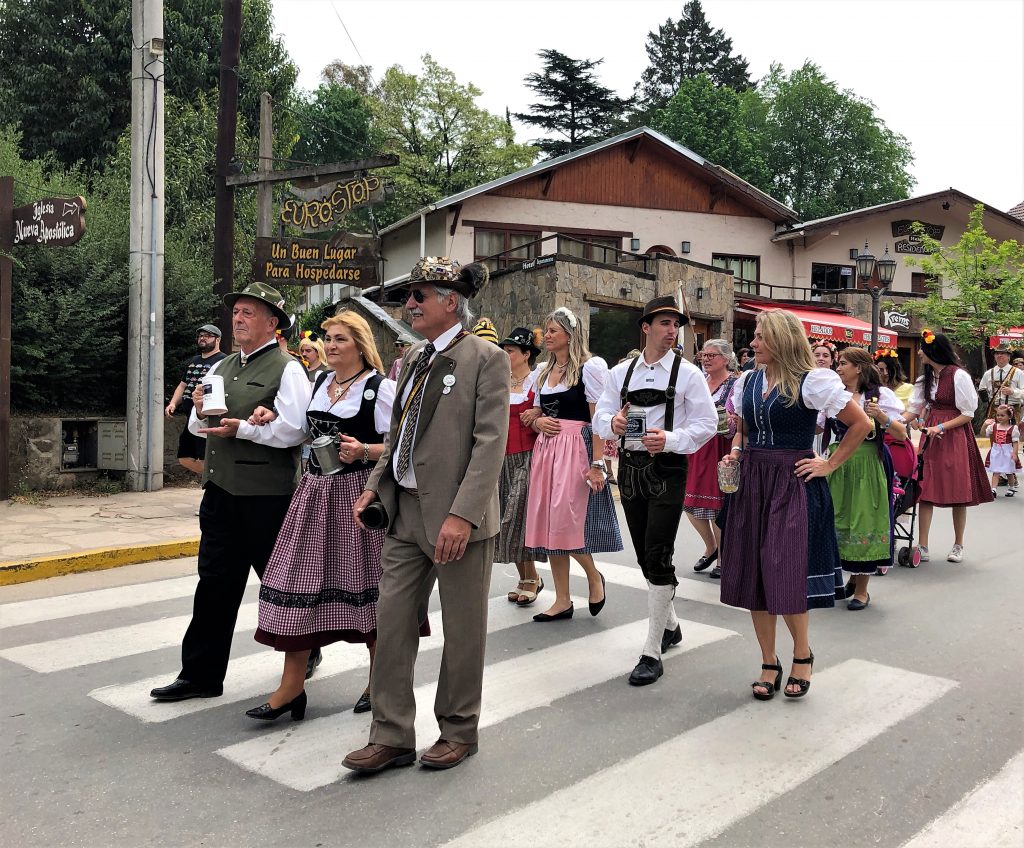
The Manzana Jesuítica includes important tourist attractions: the Iglesia de la Compañía de Jesús (1640), the Universidad de Córdoba, the Biblioteca Mayor, and the Colegio Monserrat. The Jesuits founded the Colegio Máximo (1610), the basis of the current National University, in 1613. This university is the oldest in Latin America. The Manzana has been named a World Heritage Site by UNESCO and is an excellent expression of baroque art in Latin America.
Music and architecture lovers will enjoy the Teatro del Libertador General San Martin. This work of the architect Gustavo Gómez Molina was inaugurated in 1927 as a movie theater. Its hall with three rows of boxes is of singular beauty. Restored in the 1990s and renovated in 2007, it presents various music, ballet and theater shows with a capacity for 700 spectators. A concert in 2019, for example (the Brahms’ Requiem) included the Cordoba Provincial Chamber Choir, the Cordoba Chamber Choir and the Cordoba Symphony Orchestra; the stage was filled with more than 100 musicians and singers.
Second Day
With Bicler we toured two of the most important neighborhoods of the capital of the province of Córdoba, the aristocratic Barrio Nueva Córdoba, one of the most dynamic sectors of economic and social life for the people of Córdoba. The Ferreyra Palace (1916), of majestic French-style architecture, houses the Evita Superior Museum of Fine Arts. In the Paseo del Buen Pastor there was a women’s prison (1906) and convent, and nearby is the beautiful Church of the Sacred Heart or the Capuchins, neo-Gothic style (1926-1934), which is illuminated at night.
Barrio Güemes, of popular origin, is the center of art, culture, music and gastronomic diversity. The Paseo de las Artes, where art and crafts are sold at very good prices, and you can dine for very moderate prices in various restaurants and bars. The Standard 69, of modern design and product gastronomy, serves typical dishes but recreated by an innovative chef, such as the Matambre de cerdo al limón, the tacos de girgolas, with avocado and chipotle mayonnaise, and the sweetbreads with onion compote and pine mushrooms.
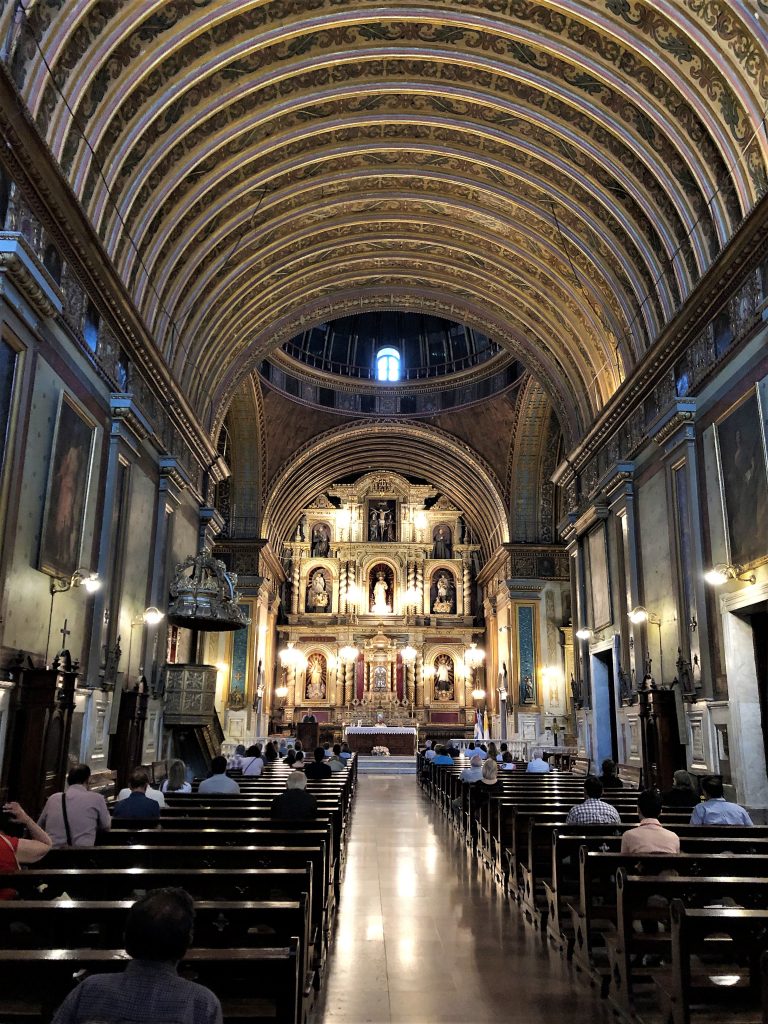
The Marqués de Sobremonte Museum, in Baroque style, is located in an old residence from the middle of the 18th century. At this museum it possible to understand what a family home of that time was like. Of special interest are the Silverware, Gatherings and Weapons rooms, as well as the Marquis and Music rooms. The men of the time played games such as cards in a room exclusively for men.
Third Day
A trip by car to the Calamuchita region, southwest of the city of Córdoba, delights for its beautiful views of landscapes of the Sierras Chicas, the Sierras Grandes and large lakes. Among the most attractive are Los Molinos Dam, Piedras Moras Dam, Segunda Usina Dam and Cerro Pelado Dam. Cerro Champaquí, 1,790 meters high, is the highest mountain in the Province of Córdoba.
Located in the Calamuchita Valley, Villa General Belgrano is a small mountain town of 6,260 inhabitants, named after the liberator who created the Argentine flag. Founded in 1930 by two Germans, Villa General Belgrano has an alpine appearance and is populated by immigrants from Germany, Switzerland, Italy and Austria. German-style chalets and craft breweries abound, as well as small shops selling handicrafts, sweets and chocolates. Restaurants reminiscent of Bavaria serve German sausage with sauerkraut, spatzle, and apple strudel. Its Oktoberfest, the third most important festival of its kind in the world, attracts the participation of various communities of diverse origins. We saw hundreds of adults and children in parade, dressed in old German, Swiss, Austrian, Persian, Argentinean, Peruvian and even Sevillian and Iranian costumes. The parade includes live music and folkloric dances.

After returning to the capital, it is time to relax with a massage at the Hotel Azur Real Spa and then dine at the hotel with dishes such as empanadas (Argentinean pies with meat and other fillings), pasta, an excellent milanesa (breaded meat), and panqueque de dulce de leche (delicious carmel sauce crepes), prepared by chef Marcos Llaser.
Fourth Day
It is worth a day trip from the capital of Córdoba to the Punilla Valley, a region of crystal-clear rivers, spas, caves and inns. You can enjoy a barbecue in Villa Carlos Paz, its most important city, where the beautiful San Roque Dam is located. It is located on the shores of Lake San Roque and is crossed by the San Antonio River and Los Chorrillos Stream.
In the Punilla Valley you can visit Cosquín, the oldest city in the Valley, at the foot of the Cerro Pan de Azúcar. It was already populated since the XVI century by the Spaniards. It is famous for the National Folklore Festival, one of the most important folk music festivals in Latin America, which takes place during nine days every January.
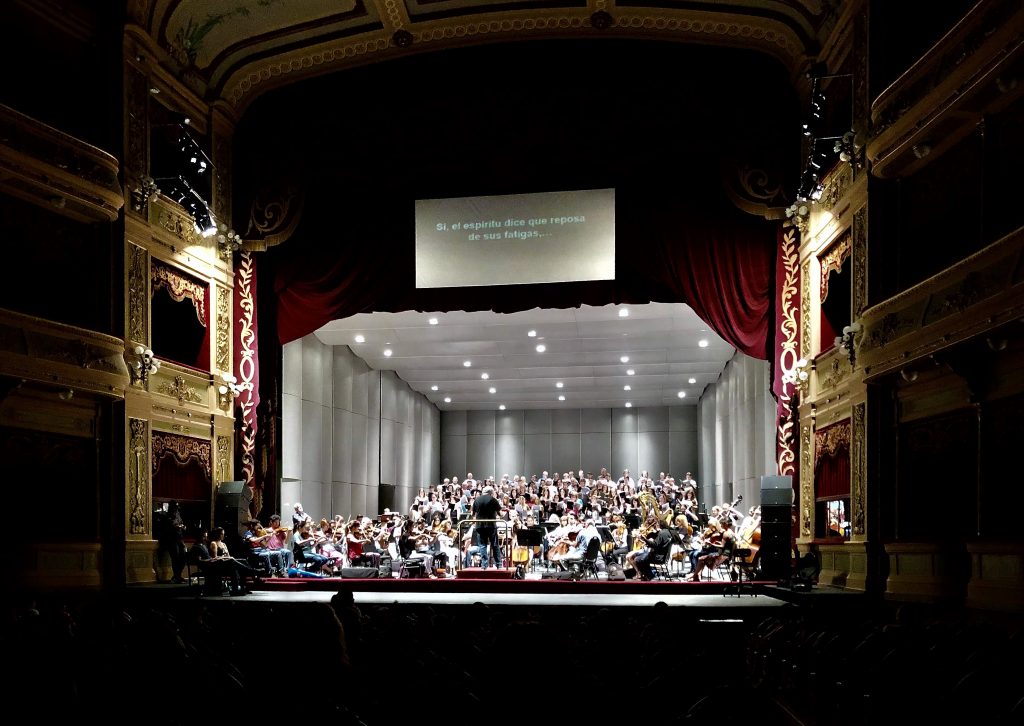
This region is known for its adventure tourism, hiking or simply fabulous views of the Sierras Chicas de Córdoba, part of the Sierras de Córdoba, and dams such as El Cajón, Mal Paso and La Quebrada. In the Parque de La Quebrada Natural Water Reserve, there is a beautiful reservoir where water sports and fishing are practiced.
Among the interesting cultural festivities of the region is the Festival de Doma y Folclore, in the traditional city of Jesús María, where you can see an important show of jineteada (horsemanship).
Fifth Day
Those interested in history should follow the “Camino las Estancias Jesuísticas,” a cultural itinerary that includes Estancias (country houses or ranches) from the early 17th and 18th centuries, recognized by UNESCO as Cultural Patrimony of Humanity. These include the Estancias of Caroya, Jesús María, Santa Catalina, Alta Gracia and La Candelaria. There is a map that can help you plan your visit: https://soldepiedra.com.ar/mapa-camino-estancias-jesuitas-cordoba/
Those who enjoy shopping should visit Patio Olmos, an important shopping center in the city, with a variety of stores and good prices.
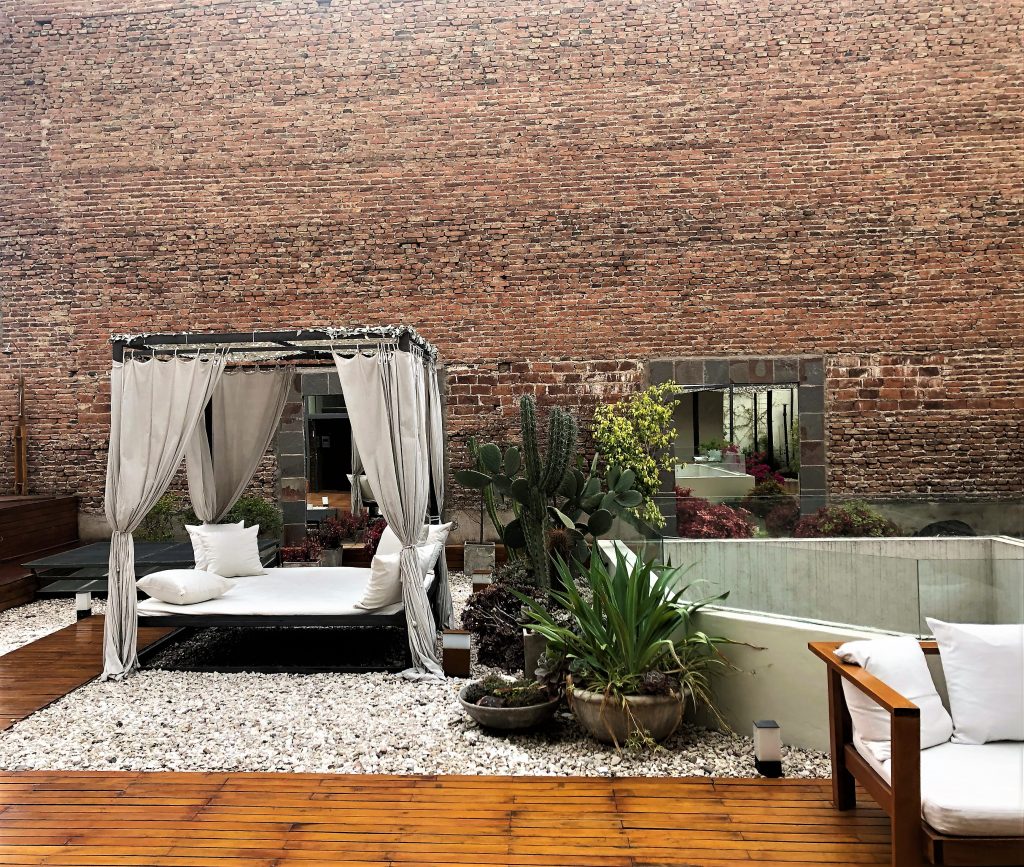
You could dine at the award-winning El Papagayo, at Arturo M. Bas 69 in Cordoba, with an exquisite eight-course tasting menu prepared by chef Javier Rodriguez for a very moderate price. It includes dishes such as: espuma de papa con queso de oveja, salame de la Colonia, trout with herbs and egg en baja coección, ojo de bife a las brasas, and innovative concotions such as topinambour toffee pancake and smoked provolone with Vermouth. If you want to try a traditional dish, taste the cocido.
The Province of Córdoba is distinguished by its colonial heritage, the natural beauty of its sierras and lakes, and an important cultural heritage in ancient cities, the most cosmopolitan of which is Córdoba, its capital. Due to the devalued Argentine peso, North American tourists can enjoy excellent hotels and restaurants in this province without having to spend the fortune that a trip to Europe costs.
Tours
Free Walking Tours – Alan Juarez
+54 9 351 3082015
Hotel
Azur Real Hotel Boutique
http://azur-real-boutique.allcordobahotels.com/en/
Restaurants
Standard 69, Achaval Rodriguez 244, Galería Barrio 5000
Vila Warcalde, Córdoba
https://www.facebook.com/69Standard
El Papagayo, +54 351 425-8689
 Five Day Travel.Com
Five Day Travel.Com 